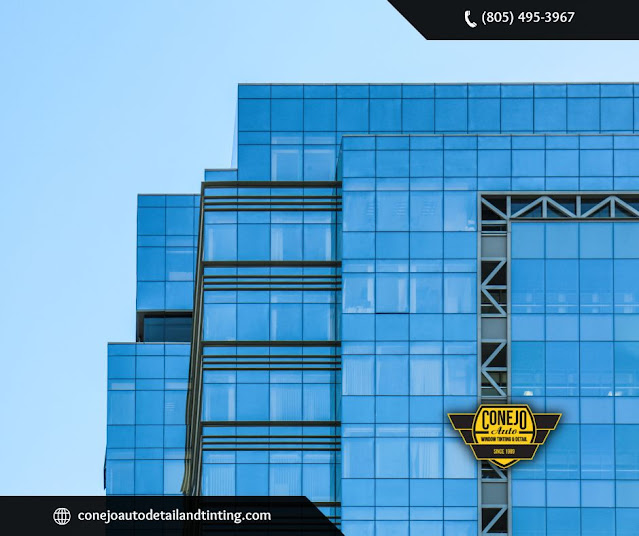The Benefits of Different Types of Tint in Car Tinting
The selection of a suitable car tint type is pivotal for optimizing both the functionality and aesthetic appeal of a vehicle. Dyed films offer cost-effective UV protection and enhanced privacy, though they may fade over time. Metalized tints, leveraging tiny metallic particles, not only reflect solar heat but also fortify windows against shattering. Carbon films stand out for their ability to block infrared light without hindering electronic device functionality, a key consideration in modern vehicles equipped with advanced connectivity features. Lastly, ceramic tints, which utilize non-conductive ceramic particles, provide superior heat rejection and UV protection without the metallic film's potential interference with electronic signals. Each type of tint holds distinct advantages for specific requirements and environmental conditions, suggesting a deeper exploration into how these characteristics can be strategically leveraged to meet individual needs.
Types of Car Tints Explained
Various types of car tints are available, each designed with
specific materials and technologies to meet distinct performance standards and
aesthetic preferences.
For instance, dyed window film, one of the most common and
economical options, incorporates multiple layers of dye that absorb solar heat
and block sunlight. This type of tint is primarily used for appearance
enhancement and privacy due to its opaque appearance from the outside while
maintaining visibility from the inside.
Another prevalent category is metalized tint, which uses tiny
metallic particles embedded in the film to reflect heat and UV rays. This not
only reduces heat and glare effectively but also strengthens the window,
providing increased shatter-resistance. However, its metallic content can
interfere with in-car electronic signals such as GPS and radio.
Carbon window tint film, a step above metalized tint, utilizes
carbon particle mixed into the film. This variant delivers excellent heat
rejection capabilities without interfering with electronics, making it a
favored choice among tech-savvy car owners. Its matte-finish also offers an
upscale, distinctive look.
Ceramic tint, the highest quality, uses non-conductive ceramic
particles to provide maximum UV protection and heat reduction. It allows
optimal functionality of electronic devices within the vehicle and offers a
clear, yet highly effective barrier against the sun's adverse effects.
Advantages of Each Tint Type
Building on the understanding of different car tints, it is
important to explore the specific advantages that each type offers.
Dyed window tints, for instance, provide not only enhanced privacy
due to their opacity but also effective protection against harmful ultraviolet
(UV) rays. This type of tint is particularly beneficial for individuals who
spend significant amounts of time in their vehicles, as it helps in reducing
the risk of UV-induced skin conditions.
Metalized tints stand out due to their exceptional ability to
reflect heat and UV rays, thereby maintaining a cooler cabin environment. The
infusion of microscopic metallic particles in the film increases the overall
strength of the window, offering an added layer of protection against
shattering. This feature is crucial for enhancing passenger safety during
accidents.
Carbon window tints are renowned for their durability and their ability to preserve the car's interior by blocking up to 40% of the infrared radiation that causes heating, without the interference with radio frequencies or electronic devices that metalized tints can cause.
In
conclusion, the selection of an appropriate car tint type is paramount for
optimizing vehicular function and passenger comfort. Each variety—from dyed and
metalized to carbon and ceramic—offers distinct advantages in terms of
aesthetics, thermal control, safety, and electronic signal compatibility.
By
understanding the unique properties of these materials, one can judiciously
enhance vehicle efficacy and occupant protection, thereby reaping the manifold
benefits of modern vehicular advancements in a manner reminiscent of the
strategic layering in medieval armor techniques.




Hagan’s Motor Pool in Barrington, we specialize in precision **German auto repair** for BMW, Audi, Mercedes-Benz, Volkswagen, and Porsche vehicles. Our skilled technicians combine dealership-level expertise with personalized service to ensure your car receives the care it deserves. From routine maintenance to complex diagnostics and repairs, we use OEM parts and advanced tools to keep your vehicle running at peak performance. Whether it’s engine issues, brake service, suspension work, or electrical diagnostics, Hagan’s Motor Pool is your trusted local source for reliable and honest German car care.
ResponderEliminar